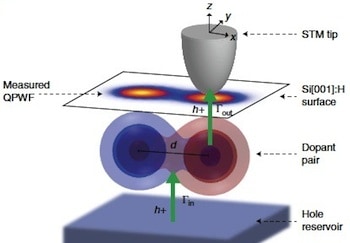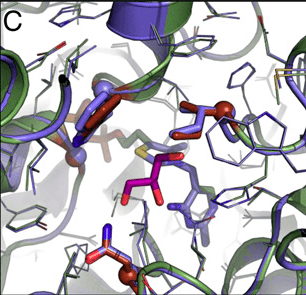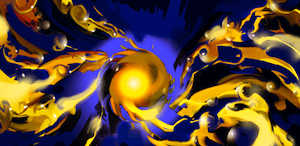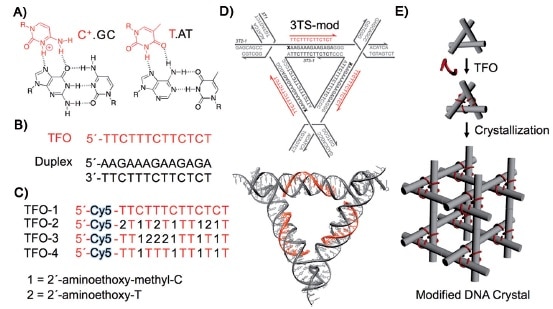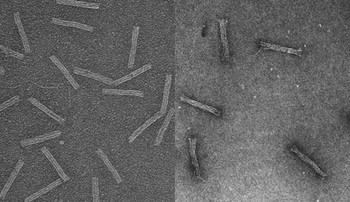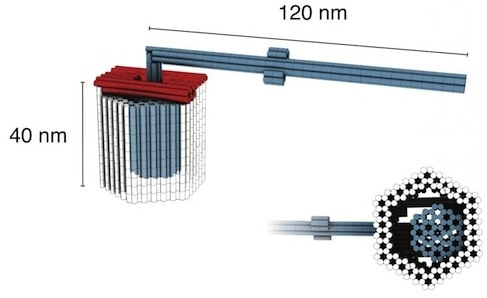Atomic resolution measurement of quasi-particle tunneling maps of spin-resolved states reveals interference processes that allow simulation of processes important for developing quantum computers based on atomically precise doping of silicon.
Simulation of quantum entanglement with subsurface dopant atoms
